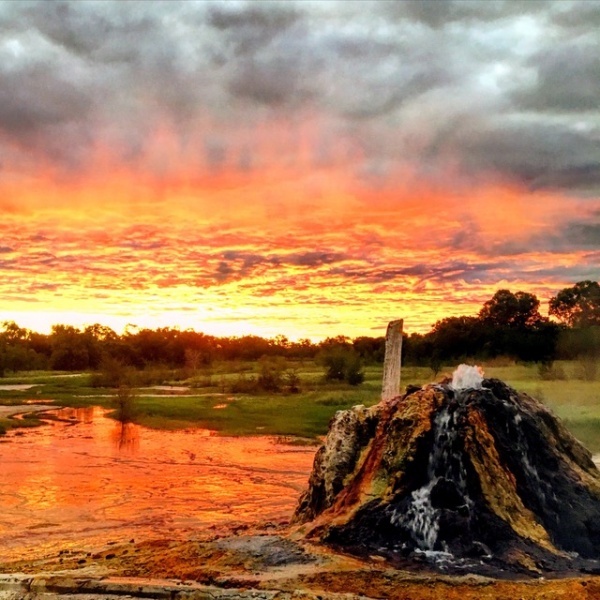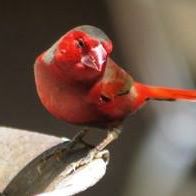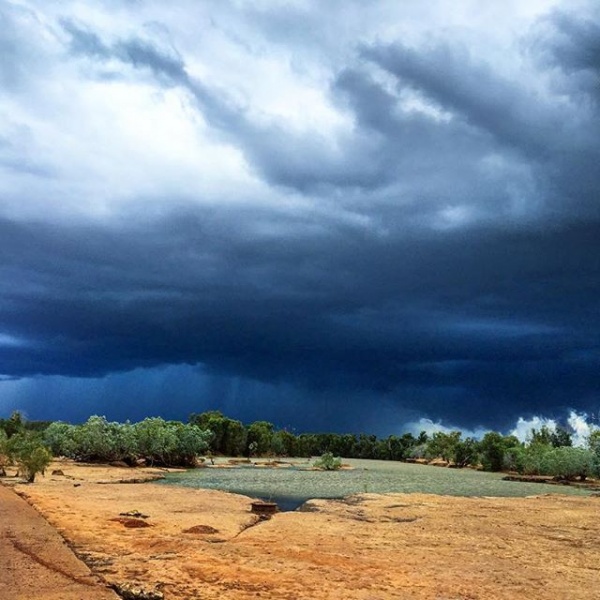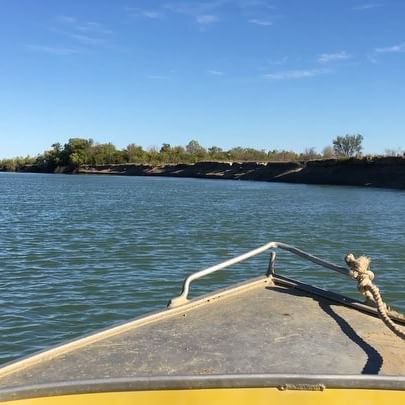What Burketown Has To Offer
The best way to know what is happening in Burketown is to visit the Burketown Visitor Centre website. You will find the best things to do and see including the Yagurli Tours.
Contact the Burketown Visitor Centre to book your historical site tour, bush tucker, stargazing or river tour.

Bird Watching…
Burketown boasts a large array of bird life. From Waterfowl, herron, hawks to honeyeaters tick them off your list here in town or by the water.



Burketown History
On 2 August 1841, Captain J. Lort Stokes discovered the mouth of a river he named the “Albert” after Prince Albert, the Queens consort. Stokes’ party ascended the river for a distance of 50 river miles in a long boat in a search for fresh water. Having followed a bumper wet season Stokes was greeted by endless grassy plains, which he named “The Plains of Promise” after a day of exploration.
Burketown was named in honour of explorer Robert O’Hara Burke, who died shortly after making the first successful south-north crossing of the continent in 1860-1. The first European settlers arrived in the local region not long after Burke and partner William John Wills expedition. By the mid 1860s, several cattle stations – including Gregory Downs, Floraville, and Donors Hill – had been founded inland from the present site of Burketown. Burketown was formally established in 1865 by Robert Towns, chiefly to serve as a port and supply centre for his extensive properties in the Gulf country. Towns chartered a small vessel the ‘Jacmel Packet’ and on 12 June 1865 it arrived off the mouth of the Albert River. The goods were eventually landed on the present site of Burketown. Towns, a prominent Sydney pastorialist and financier, also established Townsville, Queensland in the same year.
By September 1865 the population was about 40 and by October a store and a hotel were under construction, the balance of buildings were humpies. Rations and grog were plentiful but already one evil was noted: prices for goods were so high that some intended settlers could not stay. The town grew; however currency, both notes and coins, were so short in early Burketown that the business people issued their own currency, dubbed “shinplaster” or “calabashers”. These were in the form of IOU’s hand printed on tissue paper so that they had as short a life as possible. In February 1866 Lieutenant Wentworth D’Arcy UHR with 8 troopers and accompanied by William Landsborough, the first Police Magistrate, rode into Burketown where everyone carried a pistol and where a successful shop keeper could ride well, shoot well and be an able pugilist. The pioneer spirit was indomitable and the first official race meeting was held 25 July 1866 with prize money at $200. In October 1868 Towns and Co traded wool, tallow, hides and skins between Sweers Island and Batavia.
At first, hopes the town would develop into a major settlement in north-western Queensland were high. At the first land sale on 14 August 1867, 75 allotments were sold. Unfortunately, from 1866 tropical diseases ravaged the population. The vessel “Margaret and Mary” from Sydney came into port rife with “The Fever” (never properly identified, thought to be Typhoid). Between 25 and 50 people died – the majority of the crew and passengers – including the Captain’s wife. Landsborough evacuated many survivors to Sweers Island for a period of 18 months, where a further two died and were buried on the Island.
The town was devastated by a tropical cyclone on 5 March 1887 which flooded almost all of Burketown. Only the highest part of town, near where the Council Office is currently located, escaped the waters from the Gulf of Carpentaria. A copy of a 1918 report to the Queensland Parliament from the Department of Harbours and Rivers Engineers refers to the sea rising to 5.5 metres above the highest spring tide level at the Albert River Heads. This level is about 8 metres above Australian Height Datum. 7 people out of a population of 138 died in the cyclone.
Burketown’s population peaked at 265 in 1911.